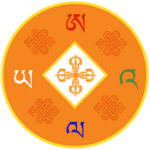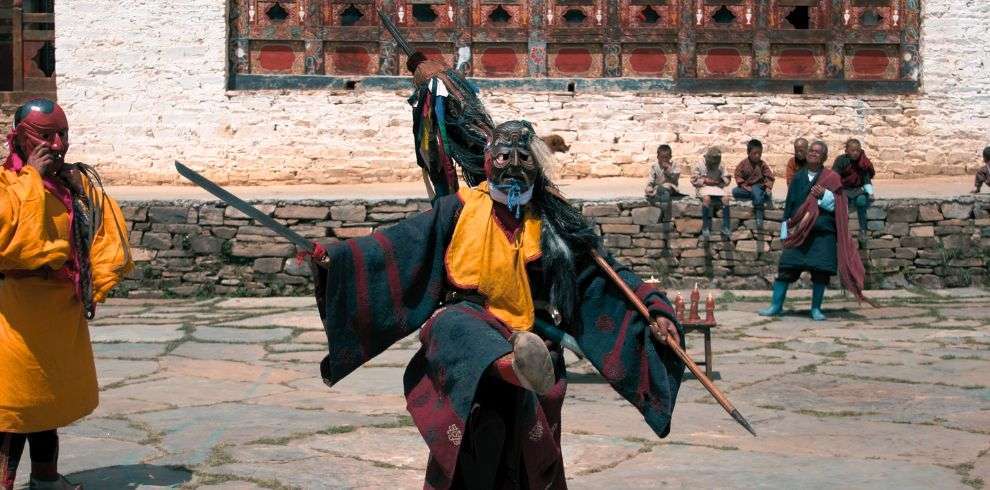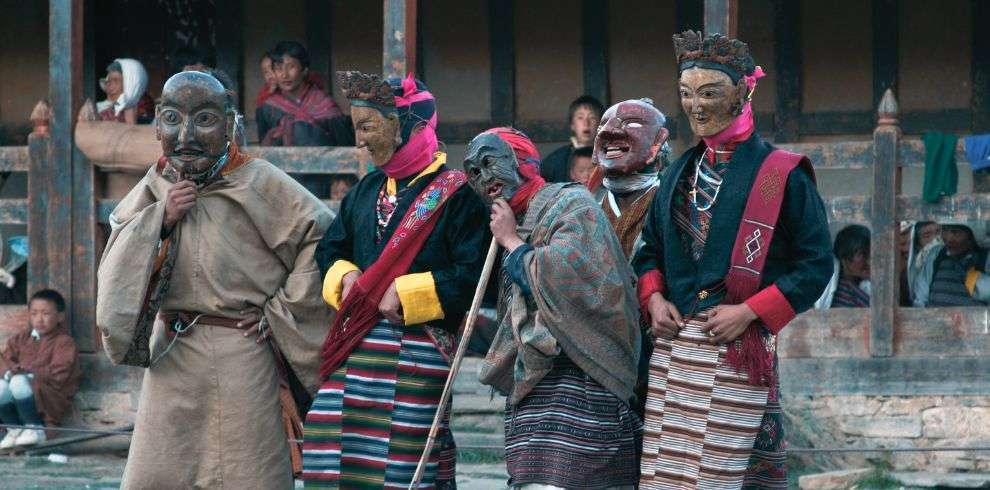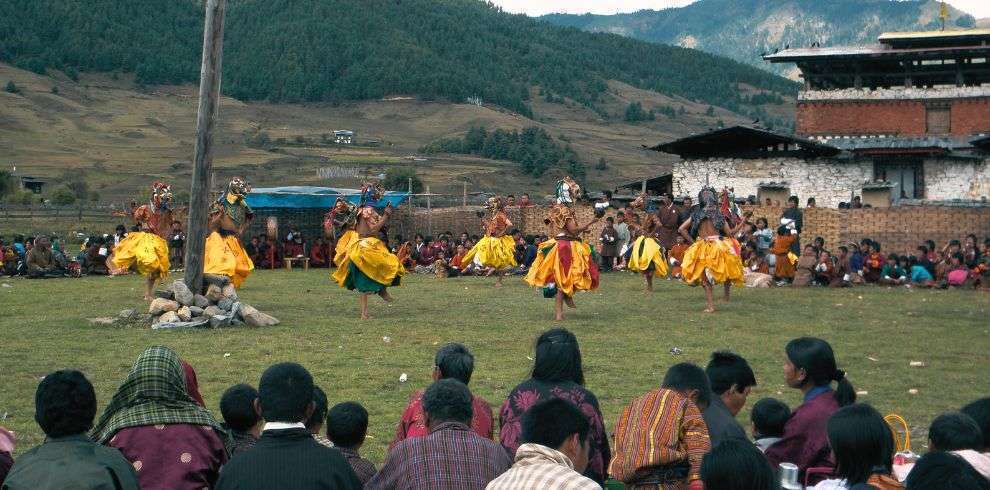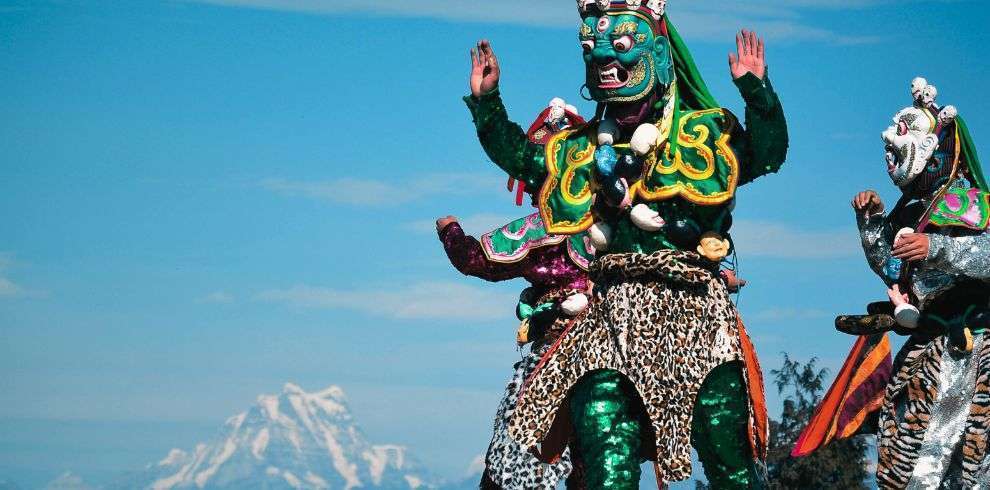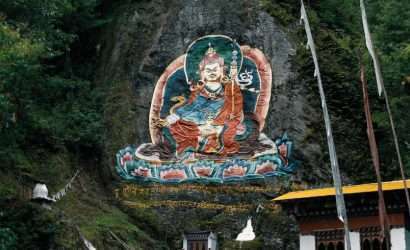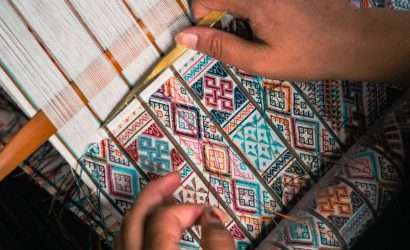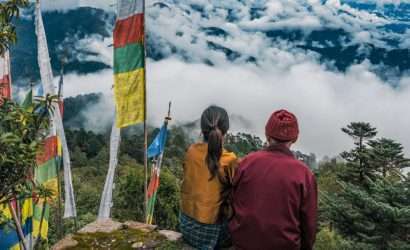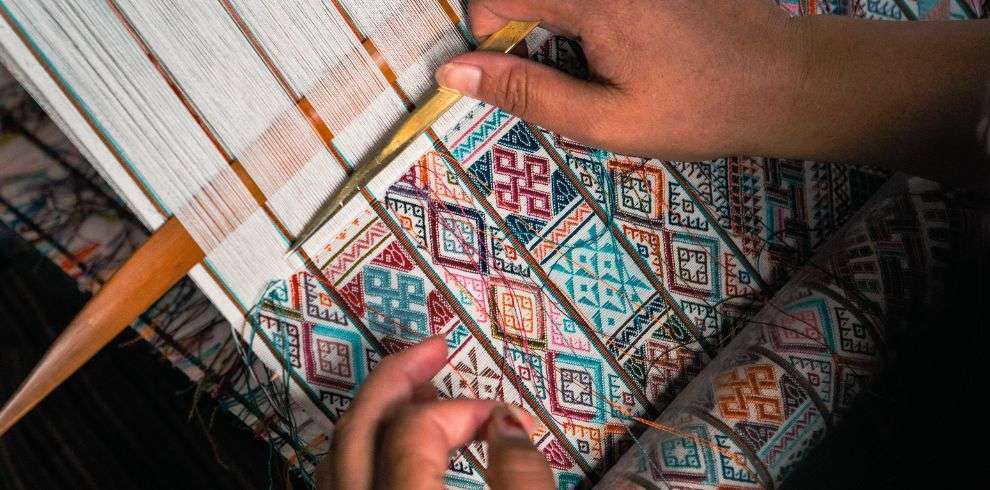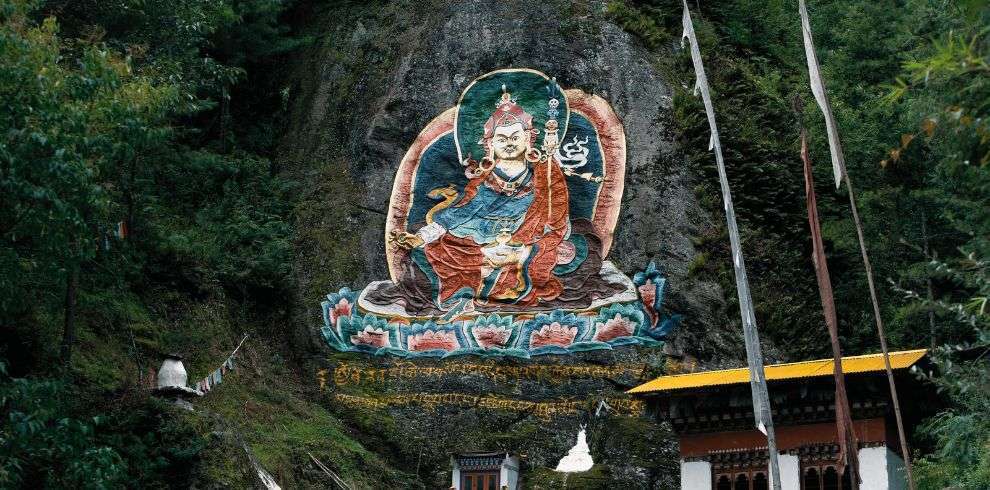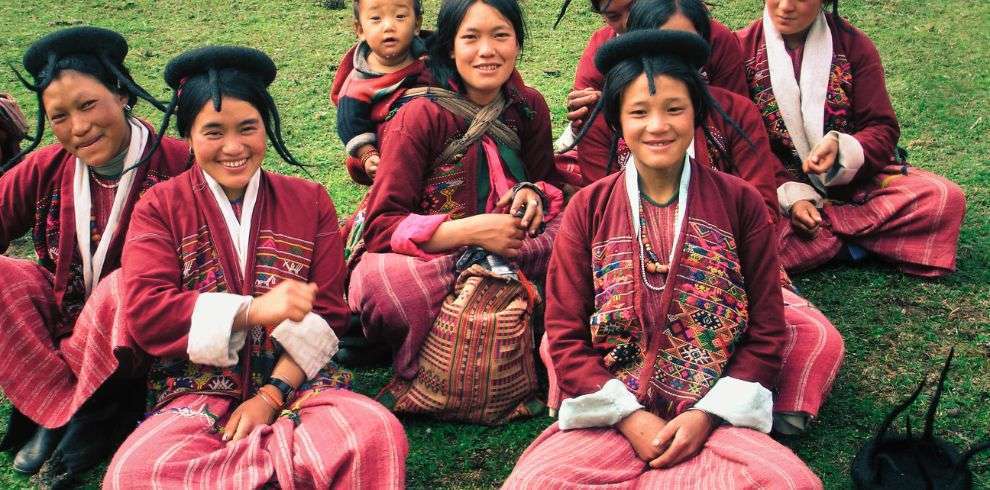Save the Date: Experience the Magic of this Festival – November 5-8, 2025! Prepare to be enchanted by the mesmerizing Sacred Naked Dance-Himalayan Festival at Jampa Lhakhang, a spectacle that transcends time and imagination. As the clock strikes midnight, behold the fearless artistry of 16 bare performers, tracing their steps back to the mystical 8th century.
Legend whispers of a time when malevolent forces threatened temple construction. In a stroke of brilliance, the sacred dance was unleashed, captivating even the most nefarious spirits with its audacious charm. But the magic doesn’t end there. At dusk, immerse yourself in the sacred Mewang, a fiery blessing aimed at kindling hope and fertility in the hearts of those yearning for children. Feel the warmth of tradition and faith as flames dance in harmony with whispered prayers.
Join us on a journey beyond the ordinary, where each moment is steeped in wonder. Alongside these sacred rituals, discover the timeless allure of Bhutan’s cultural treasures and historical marvels. Let this tour be your gateway to a world where legends come to life and dreams take flight.”
Overview
The Sacred Naked Dance-HIMALAYAN FESTIVAL at Jampa Lhakhang is one of the most astonishing and unique in Bhutan. At midnight, 16 naked men perform the dance which has its origin in the 8th century. Legend has it that a group of devils was disturbing the construction of a temple. As a trick to distract the devils, the dance was performed and the outrageous antics of the naked performers kept the devils spellbound.
Tour Highlights
- Opportunity to see Bhutanese hand-woven costumes and jewelry as the people come to festivals dressed in their best.
- Find out why family bond is the strongest social fabric in Bhutan, how they share joy and happiness together.
- Sample Bhutanese food with each family bringing their best home-cooked meals to have as picnic lunch at festival venues.
- Observe the masked dances, find out what role they play in the life of Bhutan as a Buddhist nation.
- Observe the folk songs and dances, how they have evolved and their place today as vital aspects of Bhutanese culture.
- Meet the Atsaras (Sanskrit: Acharya or learned men), the masked comic characters who enliven the religious festivals.
- On the sidelines, see Bhutan’s architecture, flora and fauna, amazingly beautiful landscapes, villages, etc.
